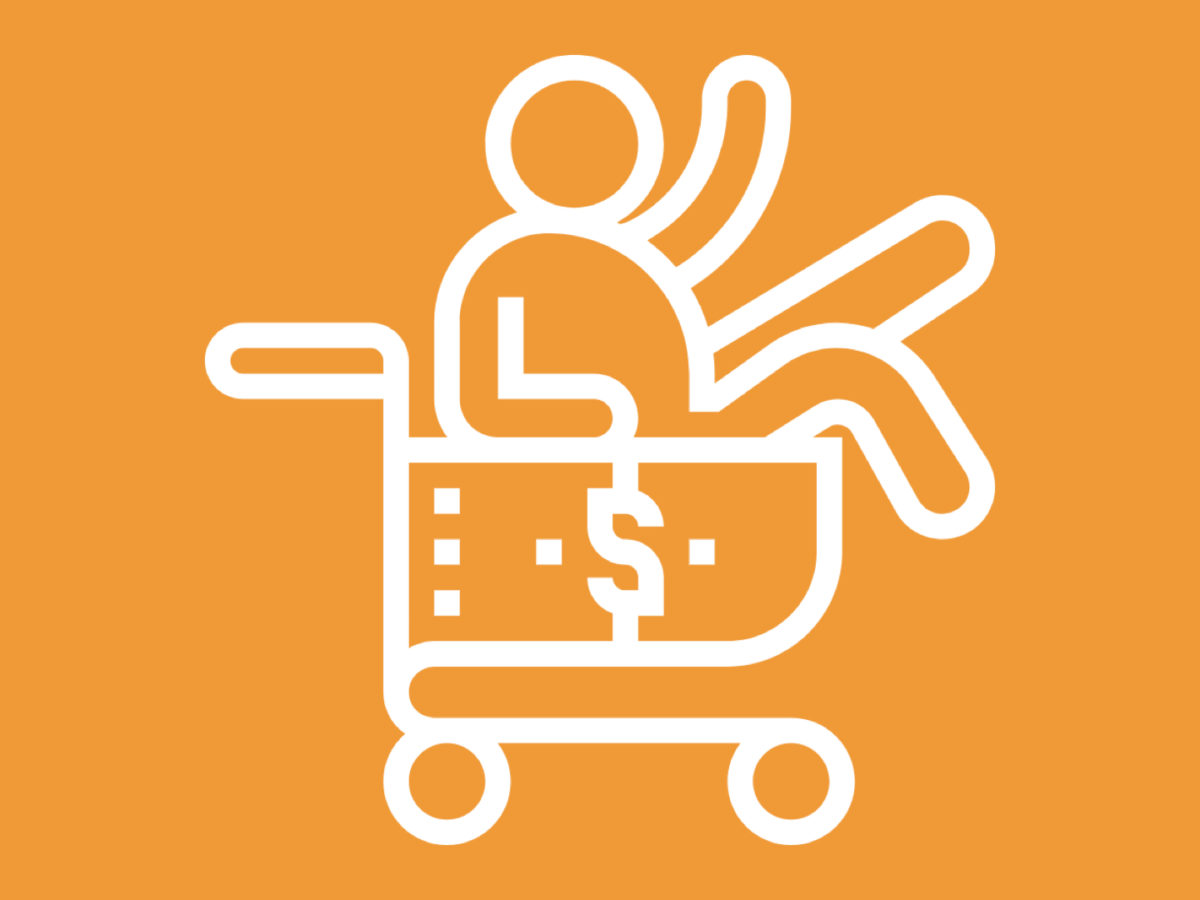Funny thing about consumers. The more distant they get from a marketer, the more they tend to look like research statistics. But the thing is, consumers are humans. They’re not numbers.
That’s why I love working with entrepreneurs who still get to sell their wares – whether it’s at trade shows or farmers’ markets. They know exactly who their consumers are.
This is critical:
Consumers don't buy from companies. They buy from people they trust. Click To TweetThe bigger the company, the harder it is to forge this bond of trust directly. That’s why, with mass-market ‘faceless’ products, consumers go to other consumers or experts to vouchsafe their choices (you use Crest because your dentist said to, or your Mom always bought it).
Remember: Consumers are humans
Long story short, if you want to sell a consumer something, don’t think of them as consumers. Consumers are humans.
Think of them like that.
You aren’t selling to consumers. You’re selling to Bob.
Allow me to illustrate with an enlightening example.
We had just won the Bud Light account, and were meeting with Bud’s brand stewards for the first time.
When it came time to define their target, they didn’t trot out thick volumes of research data. They described Bob.
Bob used to love Bud. At college, he and his frat buddies would chug a dozen Bud each on a Friday night, furiously fist-bumping in their backwards baseball hats. Life was good.
Now, things have changed. Bob married his college sweetheart. All his frat buddies are married, too. Massive parties (and hangovers) are a no go, because Bob’s 4 year old wants to play at 7am Saturday morning. Golf is the only buddy time Bob gets, if the chores are done.
Bob drinks Bud Light now. He can have a few after a round of golf with his friends. Drinking Bud Light allows Bob drive home after golf, stay in his current pants size, and not get any grief from his wife for irresponsible behaviour. Although he still wistfully looks back at his college days, Bud Light is a bit of connective thread that reminds him that life is still good.
Magic, no?
When I heard the brand stewards describe Bob, I felt I knew him. I knew what he’d respond to. And in fact, a short time later, my team created the Bud Light Institute, which went on to lift sales, play at Superbowl, and win a slew of awards. Here’s a great example of the ads – as you can see, it mirrors everything the client told us about Bob.
Want to check out more examples of the consumers that add humanity to a brand? Take a look at this case study.
Get to know your consumers. Literally.
First, you need to get to know your consumer. I’m not talking about observing from behind a one-way mirror, either.
When I worked on McDonald’s, I’d take every opportunity I could to hang out at the restaurants. I approached some of the folks and chatted at the counter. If someone was sitting at the table next to mine, I’d drop a conversation starter and see if we could just shoot the bull.
We never discussed McDonald’s.
Our conversations were about topics as benign as the weather and kids. I wanted to get to know them, not unearth their preferences for Big Macs vs Quarter Pounders. Talking ‘shop’ would’ve put them on guard, and blown my cover. Any hope for developing a human connection would’ve been squandered.
Consumers are humans. Engaging with them reveals amazing human insights.
Once you’ve started to engage with your consumers as people, watch for common traits, behaviours or opinions. I can guarantee they’re there. And they’re the foundation of understanding your prototypical target consumer.
When you feel you have a raft of commonalities, and a good handle on the person who buys your product, try writing it out in a story – much like the brand stewards at Bud did. Make it a story you can tell in a conversation over coffee. Simple, human, no marketing bafflegab.
Finally, try putting the story to work.
How does it change the way you look at everything from your product manual to your trade show booth? Is your product named in a way that appeals? Are your ads properly aimed? Your content?
Before you start talking to consumers, you might check this out: How to explain your brand in 90 seconds.
What happens once you understand your consumers are humans?
The beauty of knowing your consumer as a human is that it creates wonderful clarity.
You intuitively know if your marketing is on target. It becomes a simple emotional reaction to the communication – not a rational, confusing mess based on lining up statistics with copy points. It makes your life easier.
And your marketing tools deadly effective.
Want more stories like this one? Check out:
- Will enlightened consumers stop buying your brand?
- How to bring integrity back to marketing? Just ask consumers.
- Diversity and inclusivity marketing? Advice from a sustainability veteran.
If you want to understand how to better tap consumer insights, download my book BrandDIY.
If you liked this story and want more, make sure to subscribe to my newsletter below, to get my insights and ideas delivered straight to your inbox.
And please, don’t forget to share this story!
This article was originally published in 2018, and has been updated just for you!



